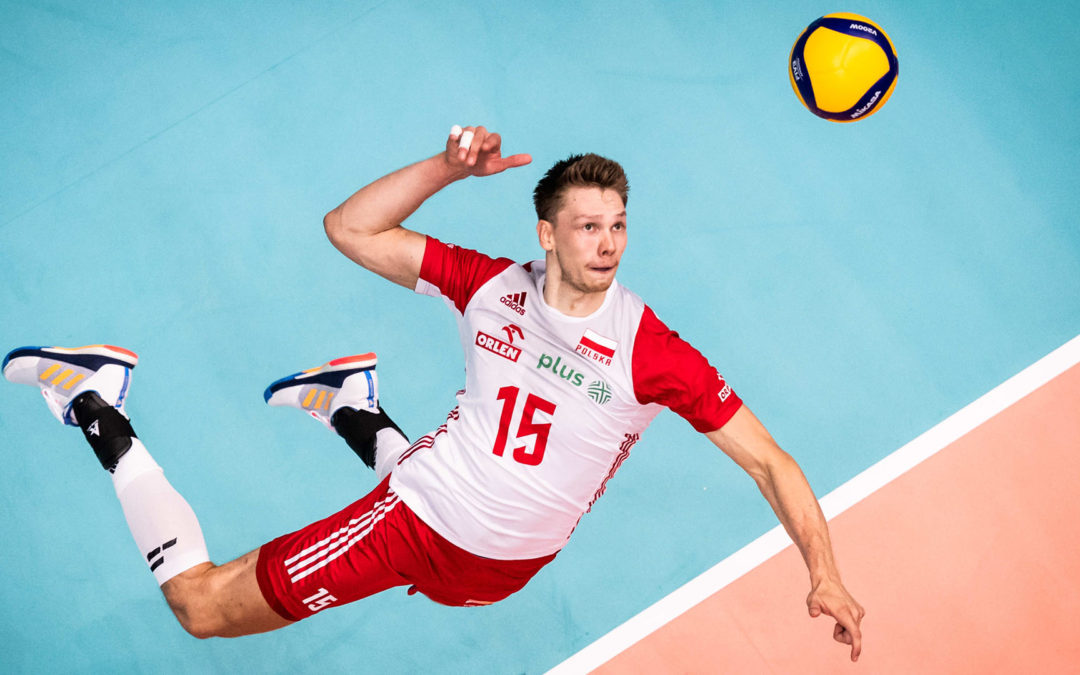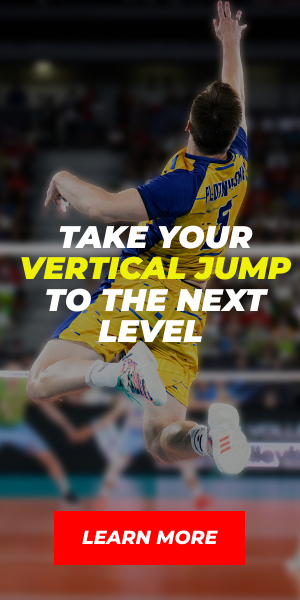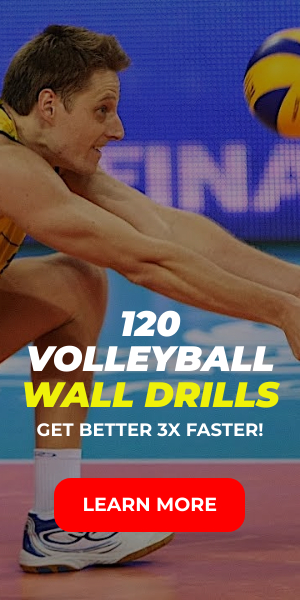Volleyball is a sport that demands agility, strength, and explosive power, particularly when it comes to mastering the vertical jump. An impressive leap can be the difference between a game-winning spike and a block or serve that falls short. Whether you’re an aspiring volleyball player or looking to refine your skills on the court, improving your vertical jump is crucial. In the same vein as improving your skills when it comes to betting at sites like pinnacle Thailand, you need to work on your fundamentals and practice, practice, practice. This article provides comprehensive tips and strategies to enhance your jumping ability, helping you soar higher and perform better in volleyball.
1. Strengthen Your Lower Body
A powerful vertical jump starts with strong legs. Focus on exercises that build strength and power in your quadriceps, hamstrings, calves, and glutes. Squats, lunges, deadlifts, and calf raises are all excellent exercises for increasing lower body strength. Incorporating plyometric exercises, such as box jumps, jump squats, and lunge jumps, can also significantly improve your explosive power, directly translating to higher jumps.
2. Core Conditioning
Your core muscles play a pivotal role in stabilizing your body and transferring power from your legs to generate a forceful leap. Strengthening your core through exercises like planks, Russian twists, and leg raises will improve your jumping stability, height, and efficiency. A strong core ensures a better balance and control during the jump, allowing for a more focused and powerful upward propulsion.
3. Improve Flexibility and Mobility
Flexibility and mobility are often overlooked when working on vertical jump performance. However, they are essential for achieving a full range of motion and maximizing the power of your leap. Incorporate dynamic stretching into your warm-up routine and static stretching into your cooldown to enhance flexibility. Mobility exercises, especially for the hips and ankles, can also increase your jumping effectiveness and reduce the risk of injury.
4. Technique Refinement
The technique is just as important as physical strength when it comes to improving your vertical jump. Work on your approach, take-off, and landing to ensure you’re making the most of your body’s capabilities. This includes practicing the correct footwork for approaching the jump, using your arms to generate additional upward momentum, and focusing on explosive power from your legs. Consulting with a coach or utilizing instructional videos can provide valuable feedback and guidance on perfecting your technique.
5. Nutrition and Recovery
Proper nutrition and adequate recovery are fundamental to any athlete’s training regimen. Ensuring you’re getting enough protein to support muscle recovery, along with a balanced diet rich in fruits, vegetables, and whole grains, will fuel your body for optimal performance. Additionally, allowing adequate rest between training sessions and employing recovery techniques such as stretching, foam rolling, and ice baths can prevent overtraining and enhance muscle repair.
6. Consistency and Progress Tracking
Improvement comes with consistent effort and practice. Set realistic goals for your vertical jump height and keep a training log to monitor your progress. This can include notes on your workout routines, improvements in jump height, and any changes in technique or form. Tracking your progress will not only keep you motivated but also help identify areas that need further development.





